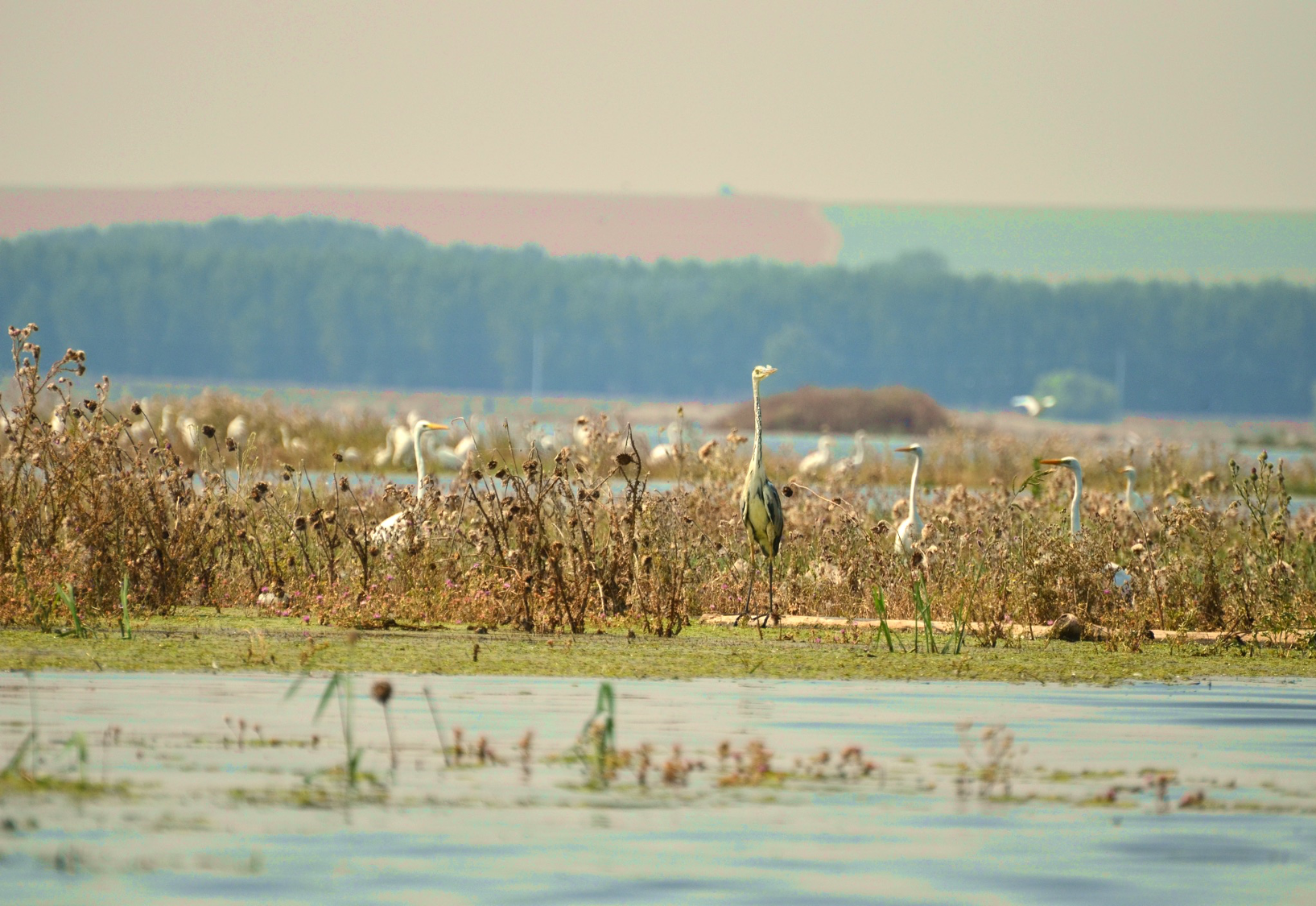In 2000, the governments of Bulgaria, Romania, Ukraine and Moldova pledged to work together – with the signing of the Lower Danube Green Corridor Agreement - to establish a green corridor along the entire length of the Lower Danube River (~1,000 km). All partners recognized a need and shared responsibility to protect and manage the Lower Danube in a sustainable way. The Lower Danube Green Corridor Agreement aimed to protect and restore wetlands along the river and reconnect the river to its natural flooding areas, reducing the risks of major flooding in areas with human settlements and offering benefits both for local economies – e.g. through fisheries, tourism – and for the ecosystems along the river. The current outcomes of the initiative show that the restoration projects have provided many benefits, including improved natural capacity to retain and release floodwaters, enhanced biodiversity, and strengthened local economies through diversification of livelihoods based on natural resources. The implemented measures are expected to increase resilience of natural systems and local societies in managing current climate variability and the likely impacts of further climate change.
You are here
Lower Danube green corridor: floodplain restoration for flood protection
Autor: © C. Mititelu, WWF



